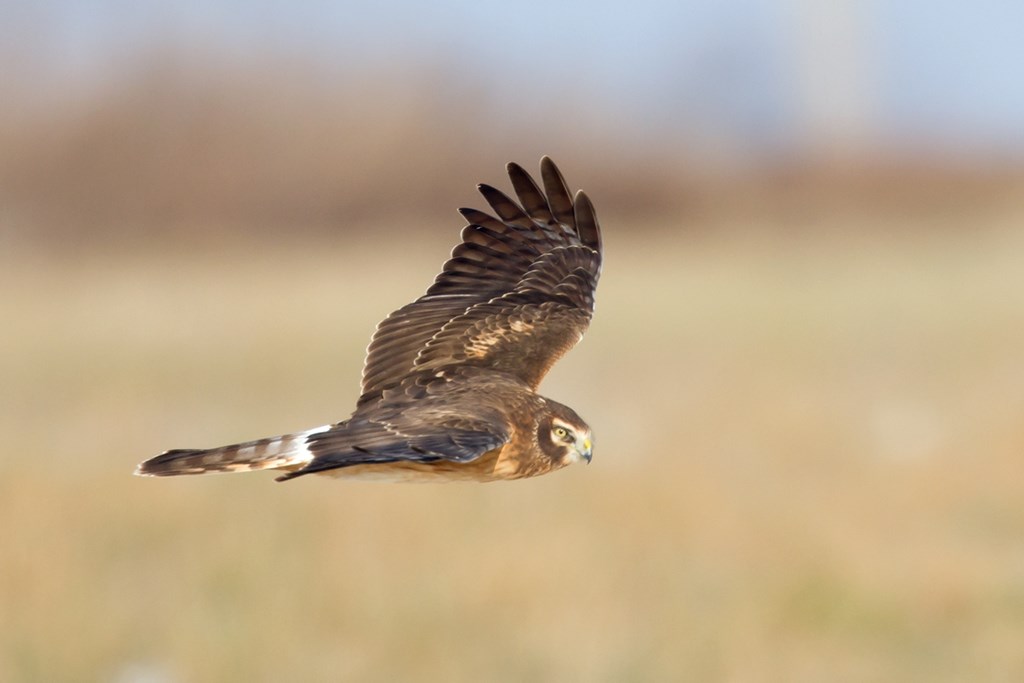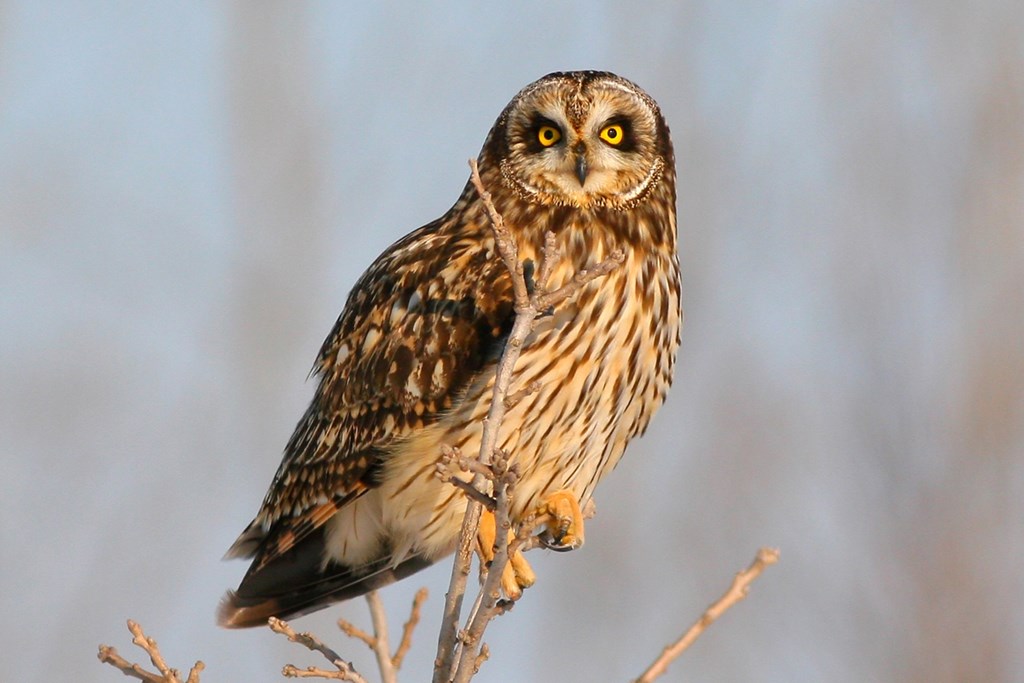The Science of Grassland Habitat
Ghosts of the Grassland: Farmland Raptor Research
Posted on January 24, 2019 in Science

Grassland is one of the fastest disappearing habitats in the United States, and as North America is one of the last sites for extensive temperate grasslands in the world, this truism is tragic not only for our aesthetic fulfillment but also for the future of grassland-dependent wildlife species. Habitat availability and quality are now a routinely referenced threat to the health of animal populations across the globe. Grassland birds and pollinators in particular have conservationists concerned and desperately trying to raise more awareness about the implications this loss could have on our ecosystems.
In Pennsylvania, cropland decreased by 43% between 1940 and 2012, and pasture areas have diminished by a surprisingly high 88% during an even smaller time frame. Both of these are critical habitat for a variety of grassland birds, and are likely the primary cause for declines across an array of species. Other related causes could be the shift to larger farms resulting in greater pesticide use and consequently affecting the entire grassland food web, shifts from pasture to row crops which reduce vegetative cover in the winter, and frequent hay cutting which endangers ground-nesting birds during reproduction.

Most related studies have focused on songbirds, however, the impact of this habitat loss on raptors has rarely been assessed. Our Director of Conservation Science Dr. Laurie Goodrich has recently co-authored a paper investigating the presence of two grassland or more commonly referred to as “farmland” raptors in Pennsylvania, the northern harrier (threatened and posted above) and the short-eared owl (endangered and pictured at right).
Dr. Goodrich and lead author Jerry Griffith wanted to learn which “classes” of grassland are used most by these two species, especially during the non-breeding season. Across the scope of ecological studies we are realizing that we must assess a species’ annual cycle to truly understand their life history, and therefore detect threats proactively. Hawk Mountain’s research on farmland raptors aims to contribute to this needed body of holistic knowledge.
Dr. Goodrich and colleagues examined the relationship between land cover and the presence of both birds during breeding and wintering seasons. They used citizen science databases (Ebird and the PA Farmland Raptor Project of Hawk Mountain Sanctuary) to overlay sightings of both species (598 sightings of harriers, 129 for short-eared owls) with land cover types to see which habitats were used most frequently and when. Two important conclusions surfaced: expansive open habitat and minimal human development were important factors dictating which areas could support the most birds. Generally speaking, when ecosystems are fragmented they become less functional and with human development comes a slew of potential risks to ground-nesting birds such as predation by feral cats, mowing, and pesticide use, to name a few.